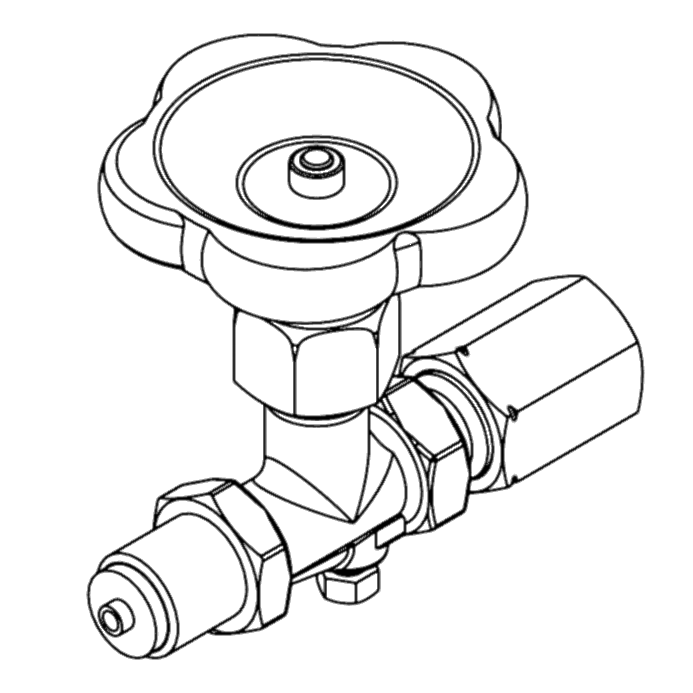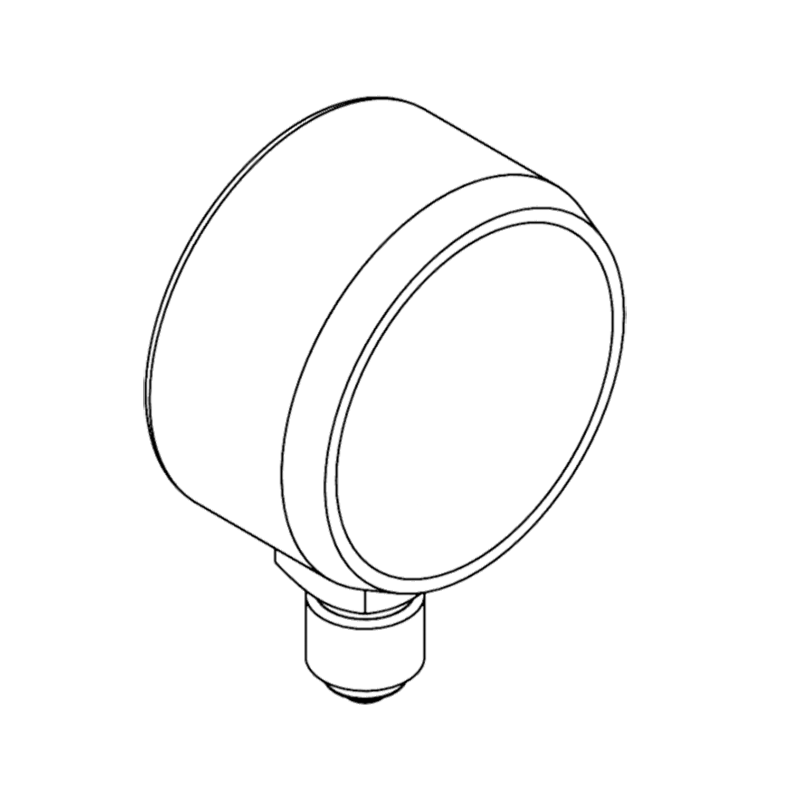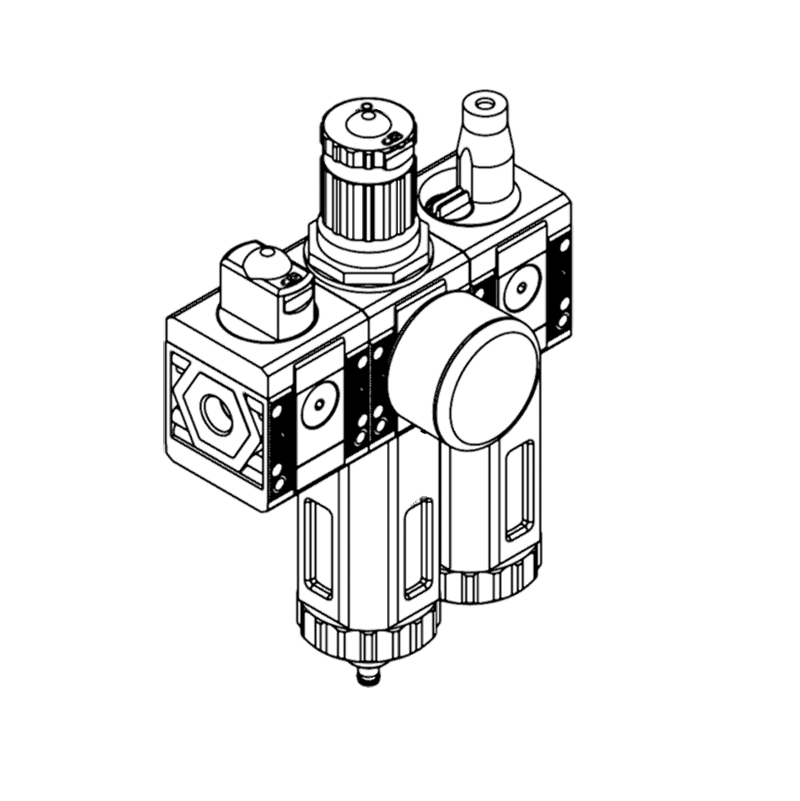
Fixed pressure reducers: advantages and function
The control of water, air or gas pressure plays a decisive role in industrial, medical or domestic applications. Pressure regulators are used here to reduce the pressure to a desired level or to set a fixed pressure. Read more about the function and advantages of fixed pressure reducers here.
Fixed pressure reducers: the structure
Fixed pressure reducers are also known as pressure reducing valves or pressure regulators. They are compact mechanical devices that usually consist of the following components:
Input and output connections
The connections of the fixed pressure reducer are designed so that they can be integrated into the existing pipework system. The inlet connections are connected to the higher inlet pressure of the gaseous or liquid medium, while the outlet connections supply the pressure reduced by the main valve to the consumer.
Main valve
The main valve is the centrepiece of the pressure reducing valve, which reduces the pressure to the desired level. This valve can be controlled manually or automatically - always depending on the requirements of the application.
Spring mechanism
A spring mechanism ensures that the main valve maintains the pressure by generating the required counterpressure force. This mechanism makes it possible to set the desired pressure value in advance.
Advantages of fixed pressure regulators
The use of fixed set pressure reducing valves has 3 main advantages that are crucial for many applications:
- Constant pressure control:
Fixed pressure regulators ensure constant pressure control, regardless of fluctuations in inlet pressure. This is particularly important in applications where the pressure must be maintained at a certain level to prevent damage caused by overpressure and to ensure smooth processes. - Reliability without maintenance and manipulation:
Thanks to their robust mechanical design, fixed pressure regulators are extremely reliable and require little maintenance. They provide constant pressure over long periods of time without the need for adjustments or repairs. The risk of tampering is eliminated. - Easy installation:
The installation of fixed pressure regulators is straightforward and requires no specialised training. This makes them a cost-effective option for applications in various industries.
Fixed pressure reducing valves: function and areas of application
The function of pressure reducing valves is quite simple. As soon as the medium flows through the connection on the inlet side, it passes through the main valve. This valve opens or closes as required to maintain the desired outlet pressure. The spring mechanism supports the valve by generating the required back pressure.
Overall, the fixed set pressure reducing valve provides an efficient way to control pressure in various applications, such as medical, industrial, automation, water supply or food applications.
Pressure reducing valves are not pressure relief valves: the difference
Pressure reducing valves reduce the higher inlet pressure down to the desired outlet pressure of the control valve. Pressure relief valves, on the other hand, release the excess pressure into the atmosphere when a preset pressure is reached. Pressure relief valves are also known as overpressure valves or safety valves.
Contact us if you need to reduce the pressure in your application: By phone at +41 41 780 22 22 or info@tri-matic.ch. We are always there for you!
































